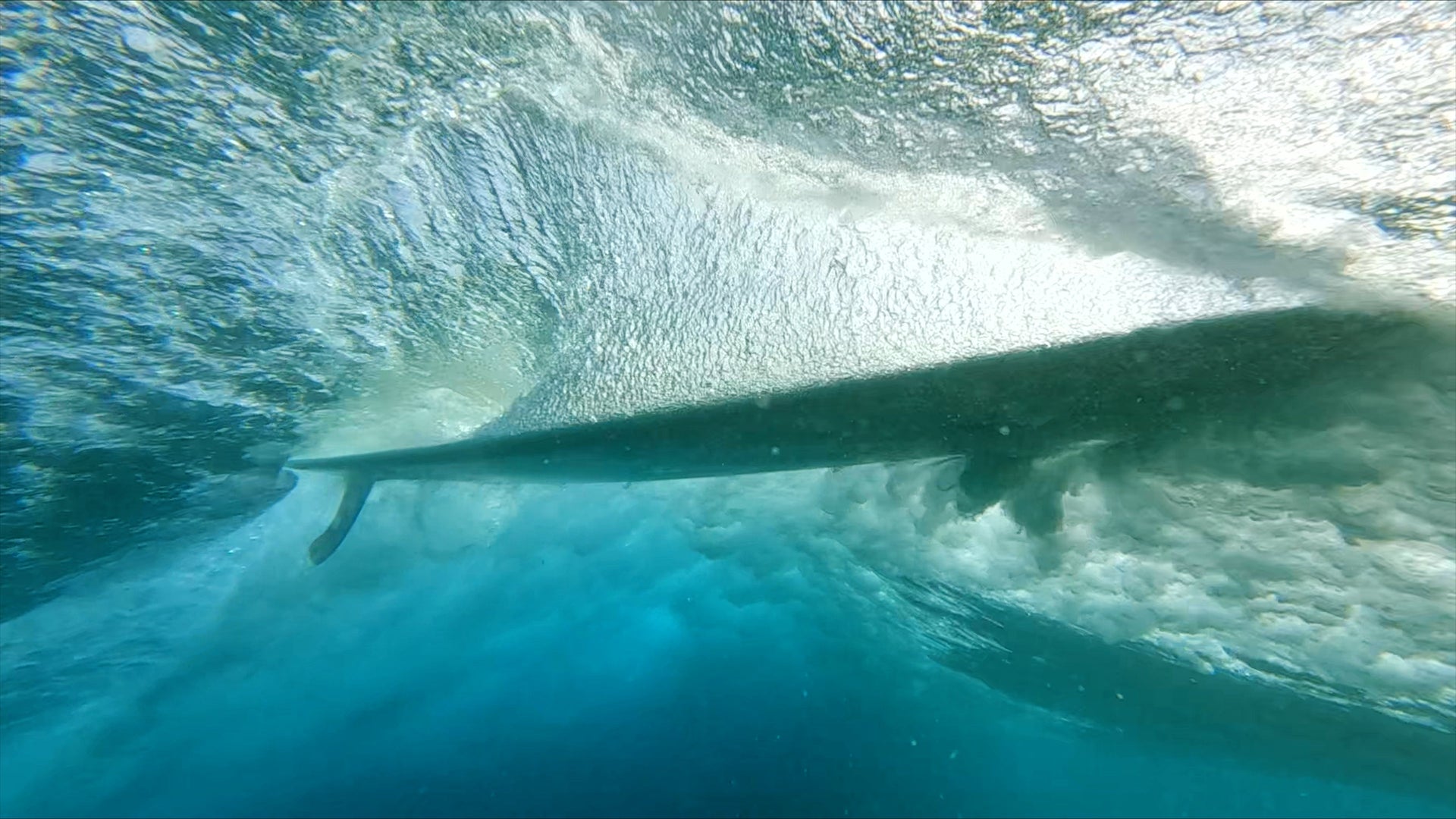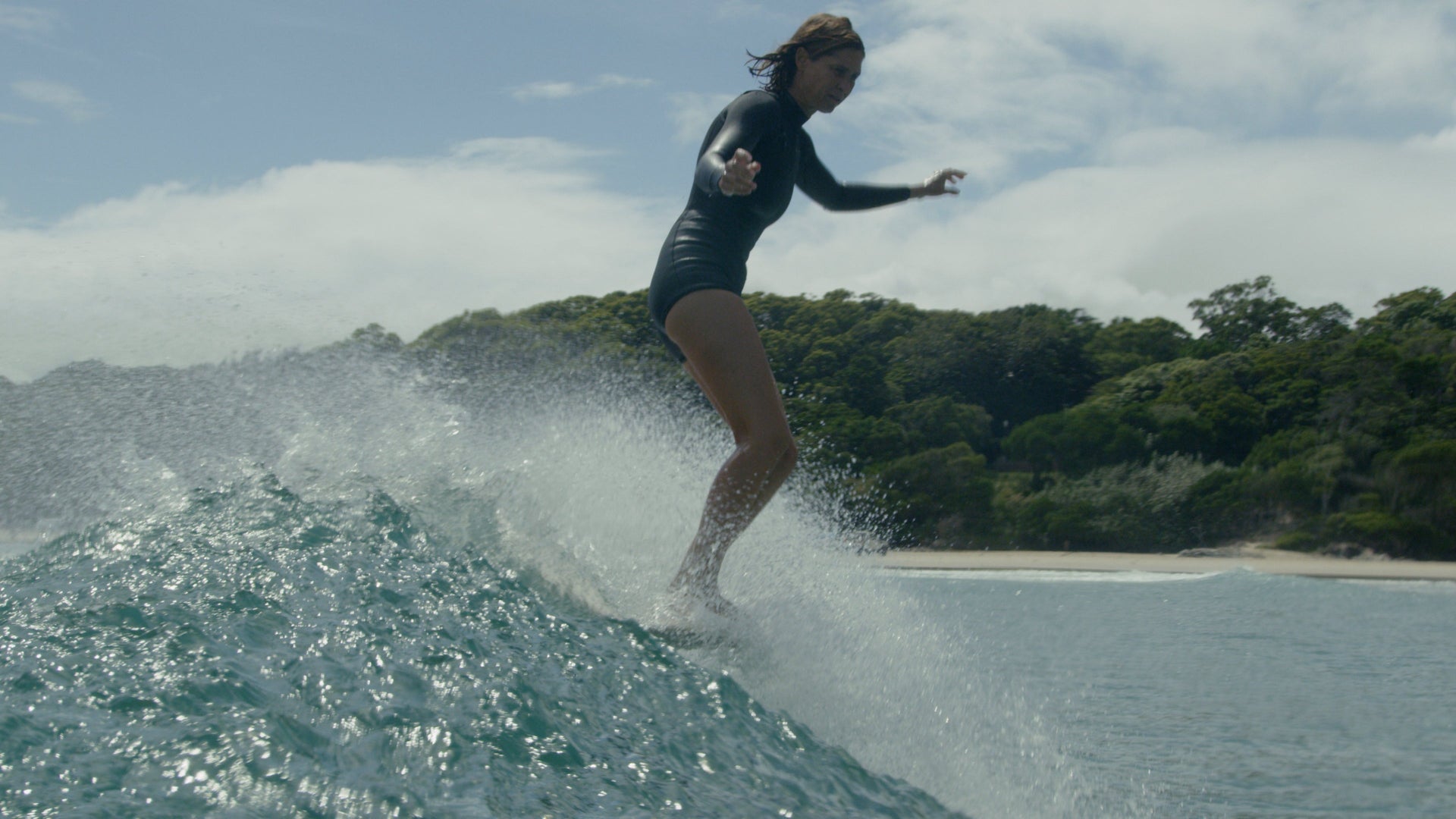Tom, of Siestas & Olas fame, is generous with sharing his accumulated surf wisdom. He speaks in fast, enthusiastic paragraphs punctuated by open mouthed exhales of pure awe. So many precise historical references. He should be awarded an honorary doctorate in surf nerdery – but he already has a PhD.
I hung on by a thread in our deep dive into the infinitely varied relationship between board design and noseride-ability: rocker, weight, flex, PU vs EPS vs balsa, surface tension of the board’s textural finish, etc. Tom helped me understand the truly controversial nature of concave’s role in noseriding. “It’s for kooks,” he maintains, at which point I recoiled in shame, having always had concave in every longboard I’ve had.
His article, and the many follow-up questions I sent later via text and email (“whose outline would you use as the archetypal surfboard pre-pig?” etc) were a solid foundation for writing The Physics of Noseriding.
I had to follow up on Tom’s concave logic, so I interviewed Bing’s Matt Calvani, Eden Saul of Dead Kooks, and Ashley Lloyd, who has her own namesake board label. On the matter of the kookiness of concave, they mostly disagreed with Tom’s blanket statement.
What Tom ultimately meant, is that if you’re surfing really good waves, like he gets to in Noosa – peeling, point waves with a steep, but not too steep face, then concave is probably unnecessary, or even a hindrance. But if you’re surfing fat, flatter-faced waves, say in California or Florida or Italy, then concave can do a bit of manufacturing in the lift department, which can make noseriding feel easier.
All this is to say that the conversation about board design was more nuanced and subjective than a ten-minute film could possibly touch, so I mostly steered away from it.
To better understand the physical science, I spoke with astrophysicist Jon Swift, who you may remember from the early 2000s film Shelter. Jon traced the possibility of noseriding from celestial bodies, specifically the sun (which unevenly heats the planet and makes wind… wind makes waves), to the molecular (where surface tension begins, and makes The Coanda Effect possible, which makes noseriding possible). Being a schoolteacher, Jon had the precise skillset to speak to my elementary understanding of physics.
Video chatting over Zoom, Jon stood at a whiteboard, drawing out equations and speaking about surfers as “natural physicists” – because we’re always experimenting with our equipment and positioning. We’re always observing. “Physics,” Jon said, “is the language for articulating the patterns that we see in the physical world.”
He helped me to distil the science into a few key concepts that we could realistically film and explain succinctly over the course of a couple of months to get optimal surf conditions. In reality, COVID sick days for almost every single person in the crew, devastating floods in Northern NSW and a 2021 winter season of macking, un-longbaordable swell in Hawaii meant a couple of months turned into many patient months of piecing footage together.






